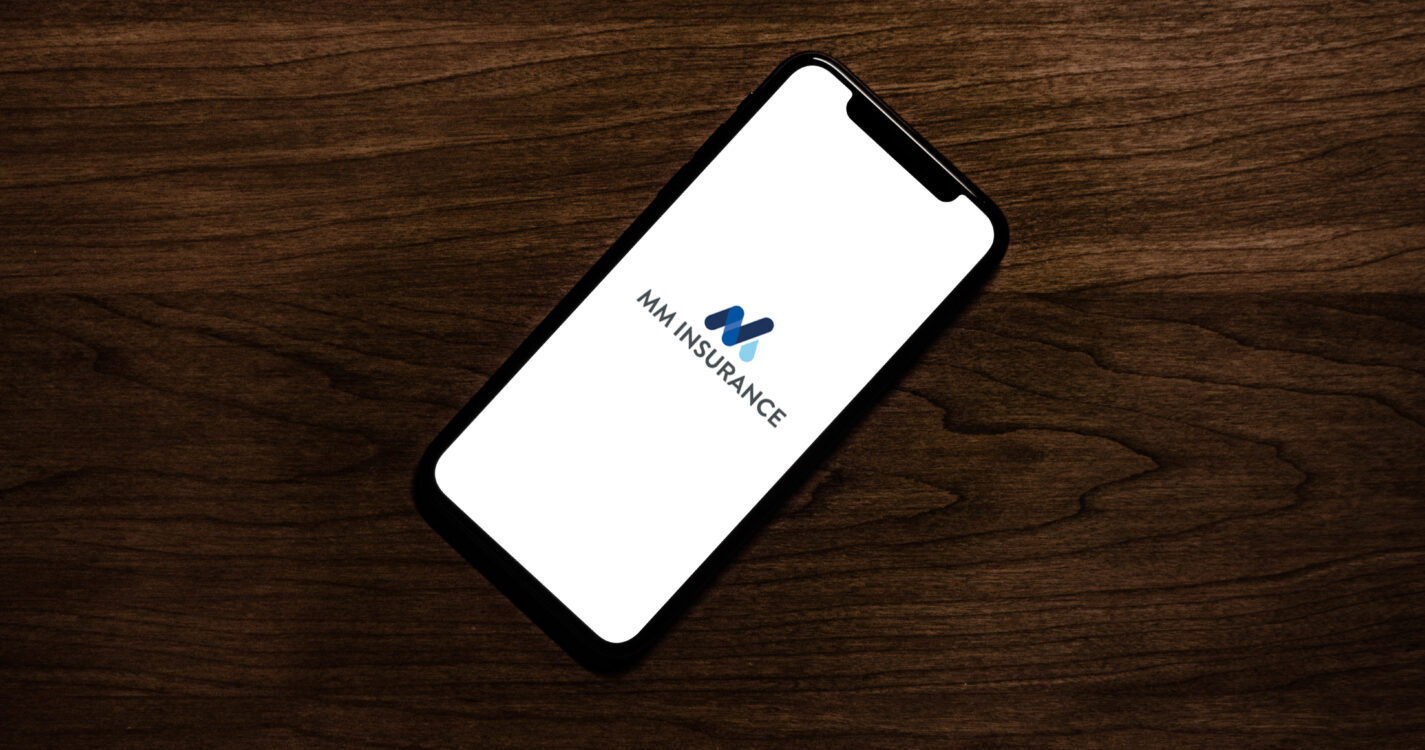
Traditional Insurer Going Digital? Now’s Your Time to Shine
Do your customer journeys meet your customer expectations? And will they continue to do so in 3 years? In 5?
Let’s face facts.
It’s no surprise to insurers that insurance is changing. The problem is that insurers are slow to keep up with this change, despite fierce competition from InsurTech challengers. Like any customer-facing business, the traditional service model has been upended by changing customer expectations in-line with other industries that offer sleeker experiences and quicker response times.
However, for many traditional insurers, the Coronavirus pandemic was the wake up call that they needed. Remote working made manual tasks even more difficult. The logistics of physical or paper systems became costly and slow. Customers needed the reassurance, support and empathy of their insurers more than ever before.
It is time for insurance companies to simplify processes, both internally for their staff and supply chain, and in terms of the product or service offerings to their clients. It is time to prioritize customer experience and become a real threat to the digital upstarts that are nipping at their heels. It is time, in short, to adapt or die.

Easier Said Than Done?
These goals are not just a pipe dream. According to a recent report by McKinsey that looks into the future of an insurer in the year 2030, they are fully achievable. “Over the next decade, insurance carriers have an opportunity to improve productivity and reduce operational expenses by up to 40%, while simultaneously improving their customers’ experience.”
Like in so many other industries, this challenge can only be met by embracing digital solutions, but for many — a timeline of the next decade just won’t cut it. Backing this up, Deloitte has noted that as a result of the pandemic, for many insurers, a 3-5 year digital roadmap suddenly became a list of urgent imperatives “to deliver within the coming year.”
It’s no wonder that the timeline is so important. If successful, a digital offering provides:
- Reduced costs: Eliminating paper-based processes, and repetitive and manual tasks, such as onboarding, or FNOL processes at the point of claim.
- Increased revenues: Attracting new customers, offering ease of use for policy upgrades, improving agent experience and providing opportunities for upselling and reselling.
- Better customer experience: Meeting user expectations for a simple, multi-channel, digital interface, and building better customer relationships through video-enabled direct communication.
- A safeguarded future: Strengthening the insurers position against the competition, and streamlining architecture against whatever comes next.

Making The Journey Simpler
These benefits aren’t going to fall equally to all insurers. There is a definite ‘first-mover advantage’ to be had for fast-moving incumbents. These savvy and future-focused insurers will be able to combine the strengths of traditional insurance companies who have experience, expertise, robust administrative systems and processes in place, and a tried and tested product portfolio, with the technology of the challengers, if they can leverage it.
However, the challenge for traditional insurers in attempting digital transformation has always been the perceived complexity and ability to prioritize accuarately when making the digital shift.
Let’s start with the complexity. It should come as no surprise that alongside the realisation that something has to change, Gartner has announced a huge growth in current and projected cloud spend in the past 12 months.
Cloud services allow traditional companies to sidestep the complexity of changing their architecture from the ground up. Instead, they can use PaaS (platform-as-a-service) to launch new digital offerings with all the associated benefits, from scalability and cost-effectiveness, to flexibility and speed to market.
On top of this, the rise of low-code/no-code development has also expanded insurance ecosystems while smashing speed-to-market expectations for insurance companies looking to launch new digital offerings. That means that prioritization also becomes yesterday’s problem. Without the need for hefty development fees every time your app or web platform needs a feature update or you want a new capability, ‘citizen developers’ can take charge over their insurance offerings on a much more granular level than ever before.
All of this means that today, the right partner can help you to create a robust and feature rich digital platform, all without changing any of your current insurance, customer, or third-party processes, without touching your legacy infrastructure, and in a matter of weeks rather than months or years. Imagine if your customers’ digital experience was driven by what customers need and want, rather than what your IT teams say is possible with your legacy systems? Now stop imagining, and let us show you what it looks like in reality.

A Big Step for You - All Part of a Day’s Work for Us!
At ManageMy, we know that it isn’t an easy leap.
That’s why we believe in sharing the risk of going digital right alongside you. We’re so confident that you can make a success of going digital, that we don’t take any upfront fees whatsoever, we wait until you can see reduced costs and increased revenues as a result of your digital offering.
We’ve developed an industry-leading platform that allows you to go digital without any of the start up costs, complexity, or technical know-how that you would have needed as little as a few years ago.
Our experts aren’t just digital pros, they’re insurance veterans, too, providing an extra layer of confidence that we know your customers almost as well as you do.




